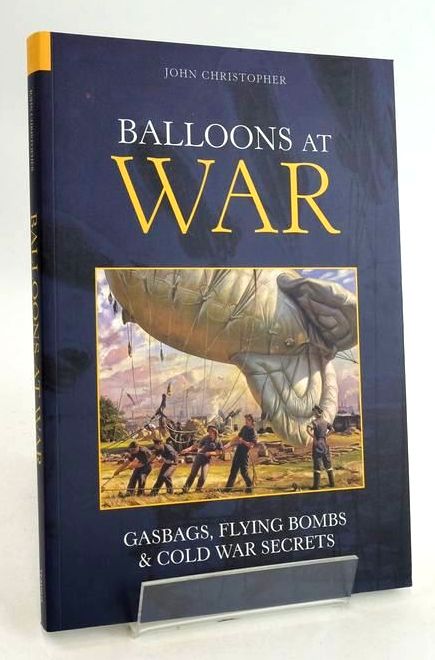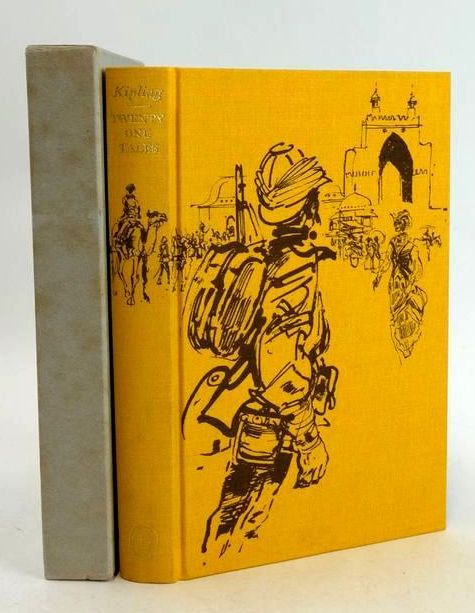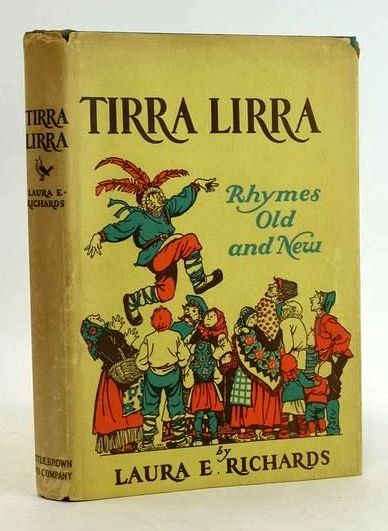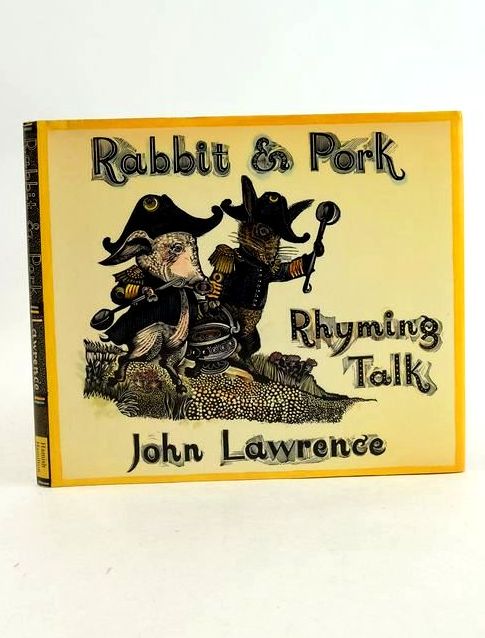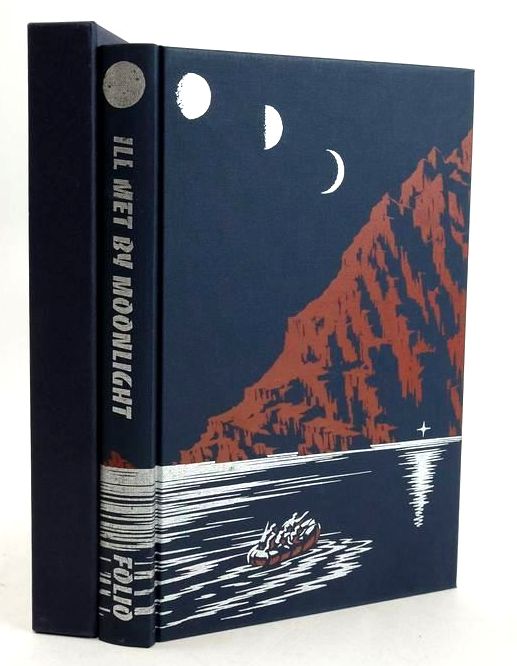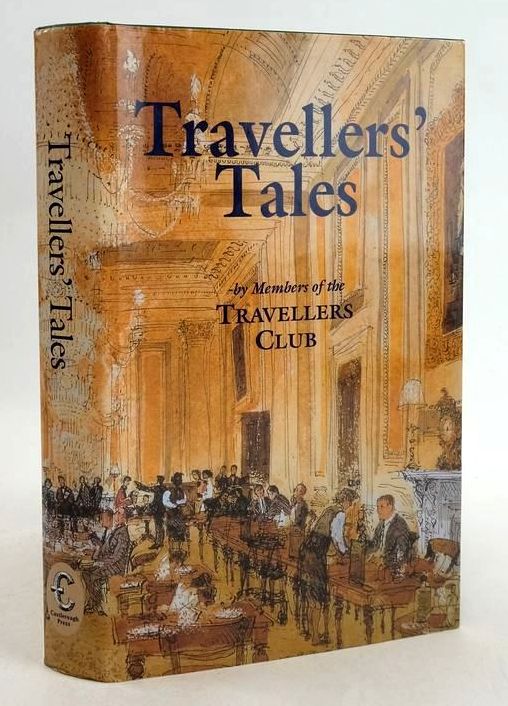Maskelyne's Book of Magic by Jasper Maskelyne and Arthur Groom
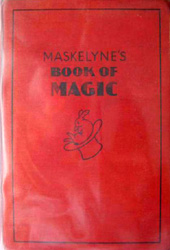 Being married to someone who enjoys magic and conjuring in their spare time (and who hopes to one day transform this hobby into a career) can, at times, be difficult! We have a house full of a wide array of texts ranging from basic children's conjuring books to complex plans detailing the design and construction of large-scale illusions, and no space to store them! Every surface houses piles of this 'essential' reading matter but a vital tome missing from my husband's already considerable collection comes in the form ofMaskelyne's Book Of Magic, first published in 1936 by George G. Harrap and Co Ltd.
Being married to someone who enjoys magic and conjuring in their spare time (and who hopes to one day transform this hobby into a career) can, at times, be difficult! We have a house full of a wide array of texts ranging from basic children's conjuring books to complex plans detailing the design and construction of large-scale illusions, and no space to store them! Every surface houses piles of this 'essential' reading matter but a vital tome missing from my husband's already considerable collection comes in the form ofMaskelyne's Book Of Magic, first published in 1936 by George G. Harrap and Co Ltd.
 Providing a charming insight into the world of early twentieth century stage magic and outlining various performance techniques ranging from sleight of hand with coins, cards and rope to more elaborate and thought-provoking illusions involving mind-reading techniques, Maskelyne's Book Of Magic provides a comprehensive guide to starting out as a stage magician. Although famous in the 1930s for his ambitious stage shows and membership of the Magic Circle, the most noted work of Jasper Maskelyne - one of an already long family line of established stage magicians - was that undertaken for British Military Intelligence during the Second World War.
Providing a charming insight into the world of early twentieth century stage magic and outlining various performance techniques ranging from sleight of hand with coins, cards and rope to more elaborate and thought-provoking illusions involving mind-reading techniques, Maskelyne's Book Of Magic provides a comprehensive guide to starting out as a stage magician. Although famous in the 1930s for his ambitious stage shows and membership of the Magic Circle, the most noted work of Jasper Maskelyne - one of an already long family line of established stage magicians - was that undertaken for British Military Intelligence during the Second World War.
Born in 1902, Maskelyne worked as a stage magician predominantly in the 1930s and 40s. He joined the Royal Engineers at the outbreak of World War II, inspired by the belief that his exceptional skills could be used in the art of camouflage to deceive the enemy. In a bid to convince a group of officers who were sceptical about the implementation of such theatrical devices, Maskelyne created the illusion of a German warship on the Thames using mirrors and a replica ship made from modelling materials. Although the deception was convincing he was deployed to the African Theatre in the Western Desert where he used his talents mostly to entertain the troops.



Then, in January 1941, General Archibald Wavell formed a military body dedicated to subterfuge and counterintelligence. This group of 14 recruits, informally known as 'The Magic Gang', was headed by Maskelyne and included an architect, a chemist, a painter and a stage set builder. Maskelyne built a vast number of large scale illusions from painted canvas and plywood to pull off numerous deceptions. The largest of these was designed to conceal Alexandria and the Suez Canal by building a mock-up of the city's night lights in a bay three miles away and disguising the canal with a revolving cone of mirrors to dazzle, disorientate and misdirect German bombers!
Maskelyne did not receive the praise he deserved and, although commended for his efforts by Winston Churchill, his post-war career was not to be a successful one. Jasper Maskelyne died in 1973 having moved to Kenya to set up a driving school.
The aim of Maskelyne's Book of Magic, as stated in the foreword, is "To turn amateur into performer", and with chapter headings so diverse as 'Starting in Magic' and 'Where Magic is Bought' to 'Stage Management' and 'Entertaining in Dress Clothes', there are both valuable and timeless pearls of wisdom to be found within these pages, in addition to some highly amusing period observations. The black and white plates depict Houdini (above centre), Carl Hertz and Ellis Stanyon to name but a few masters of the illusion. Sixty line drawings illustrate various methods described in the text. This book reflects an exciting period in the development of stage magic and - I am assured by my husband - a copy is a must for any aspiring magician of today, as many of the foundations of modern conjuring can be observed through its numerous pages. As for us I fear that, due to the desirable titles I have listed below, we will have to buy another book shelf before the month is out!
Other titles about Jasper Maskelyne include:
White Magic (1936) - A history of the Maskelyne family
Magic: Top Secret (1949) - A ghost-written account of Jasper Maskelyne's World War Two exploits
(Published on 10th Dec 2014 )




